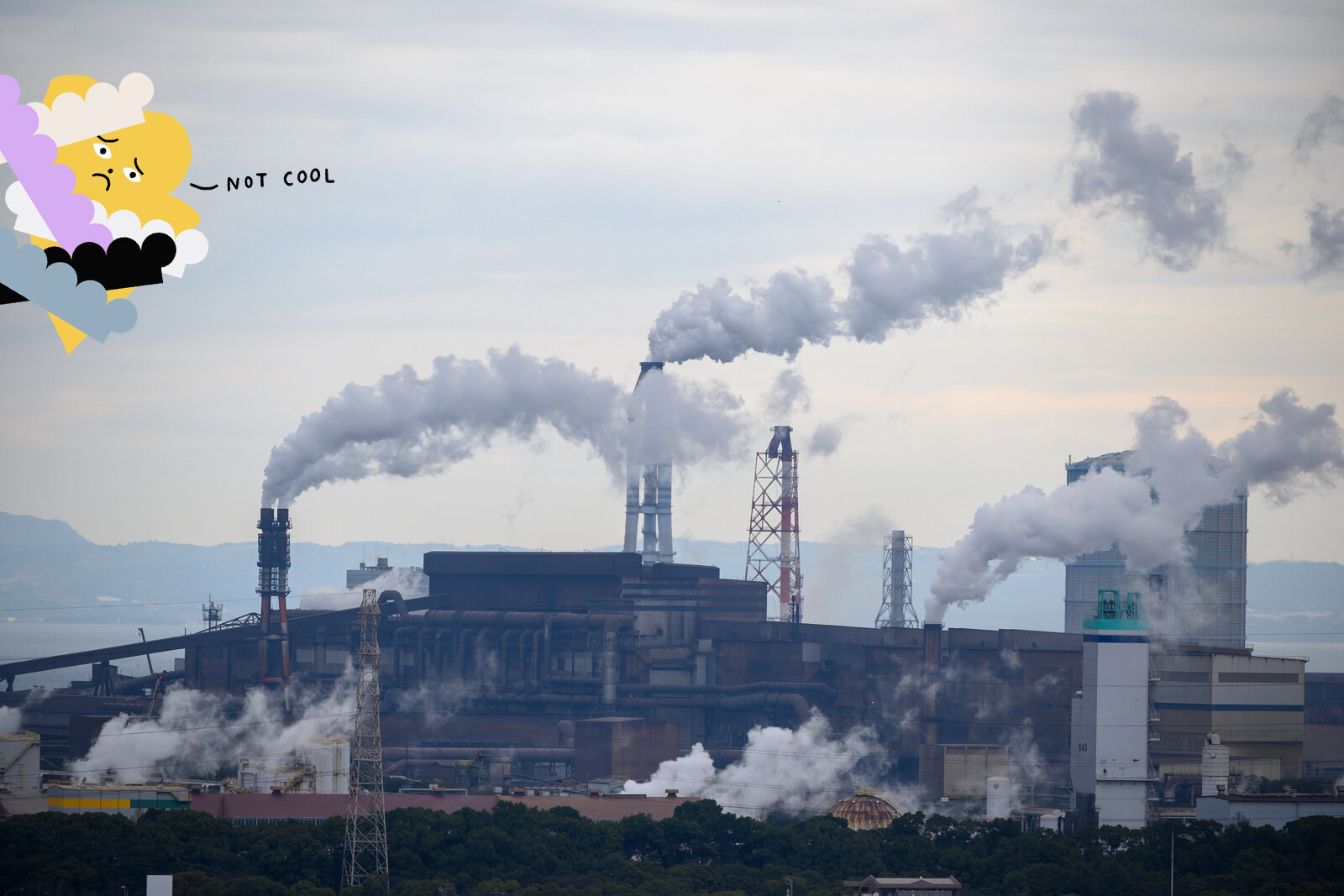Why does Woola exist?
Last updated: April 2, 2025
The very short and overly optimistic answer is – to fix the planet.
Let’s elaborate on that.
There’s an elephant in the room we can’t ignore when talking about why we exist. That elephant is climate change.
So firstly, before we can explain our role in soothing the burning planet, here’s a very brief and visual summary of climate change and why it’s happening. To refresh your memory and draw a connection to the packaging industry – and to what Woola is all about.
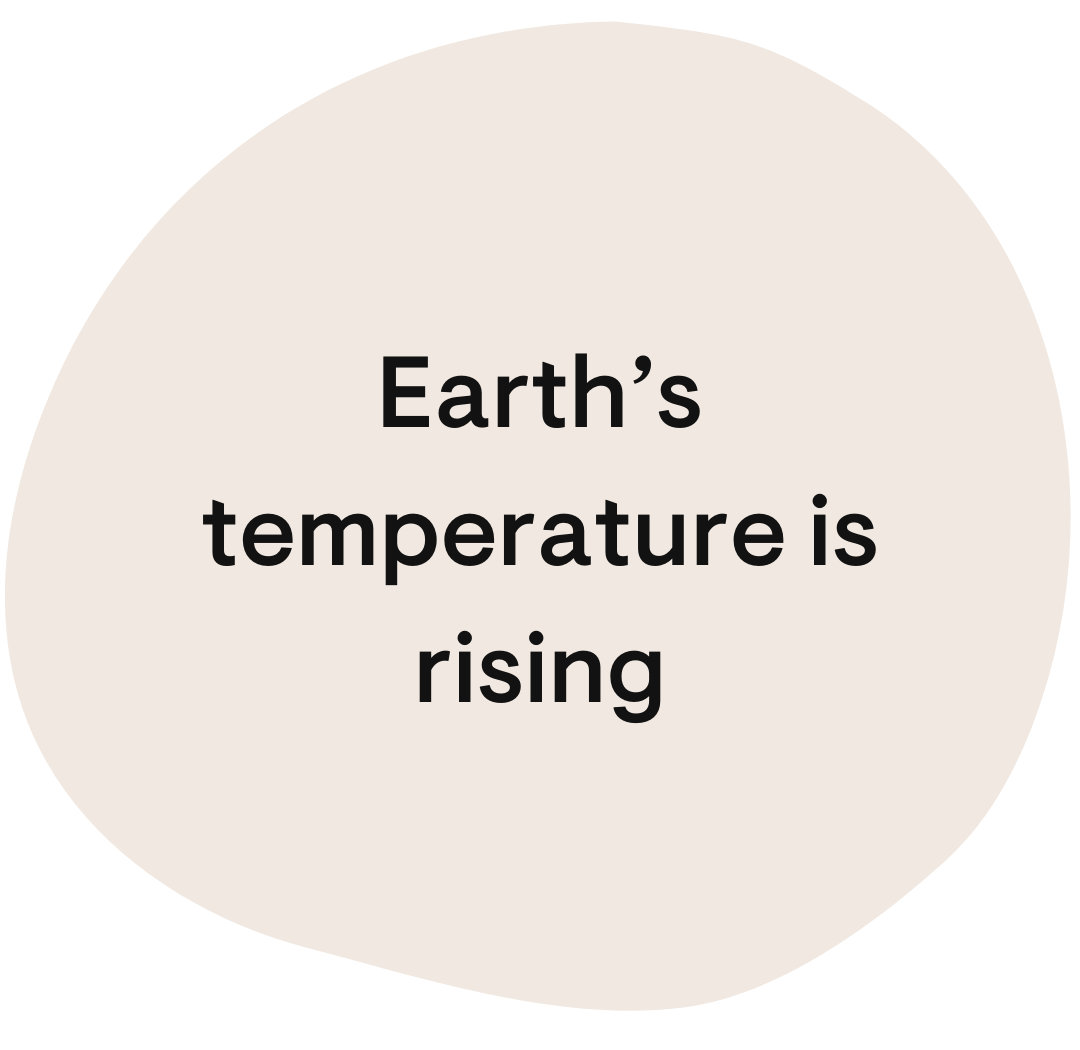
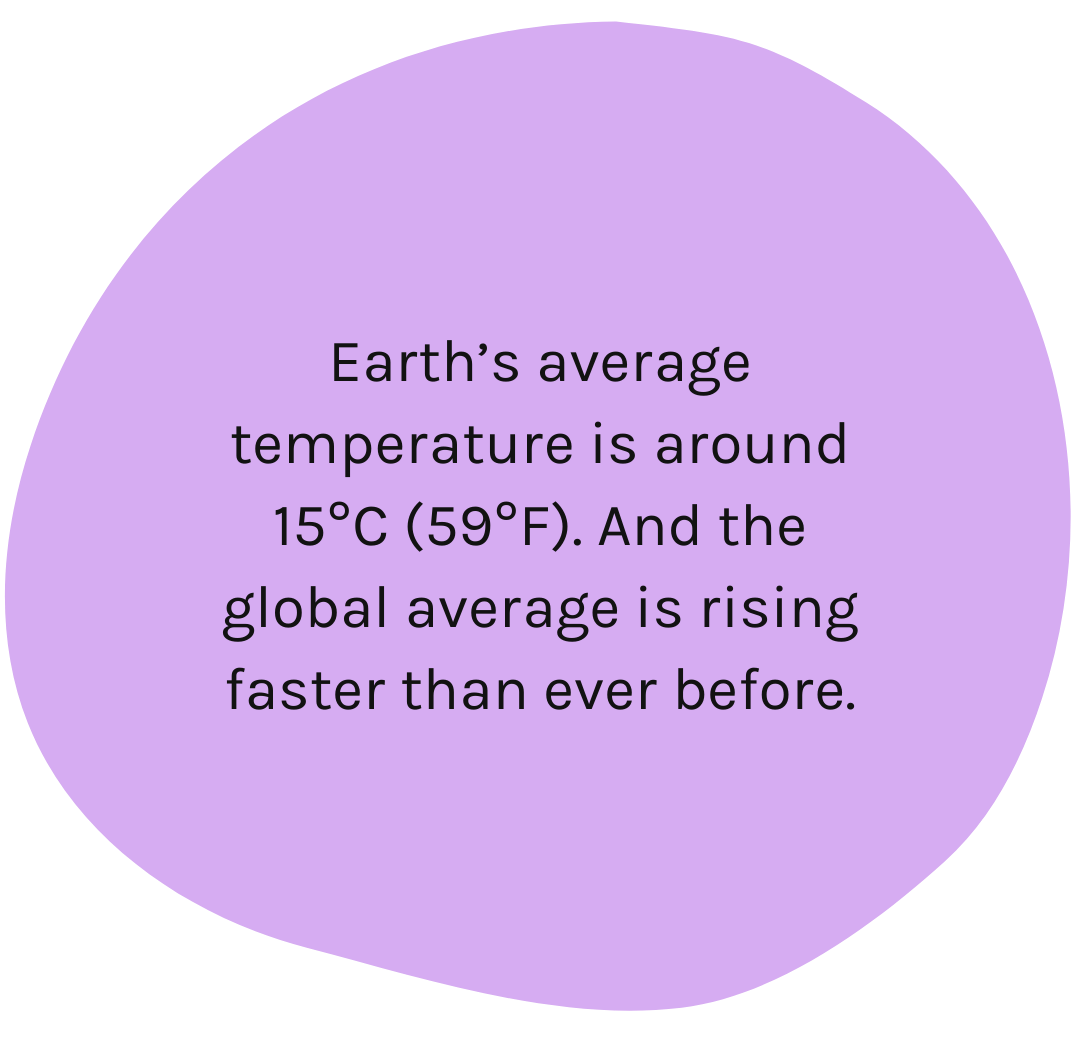

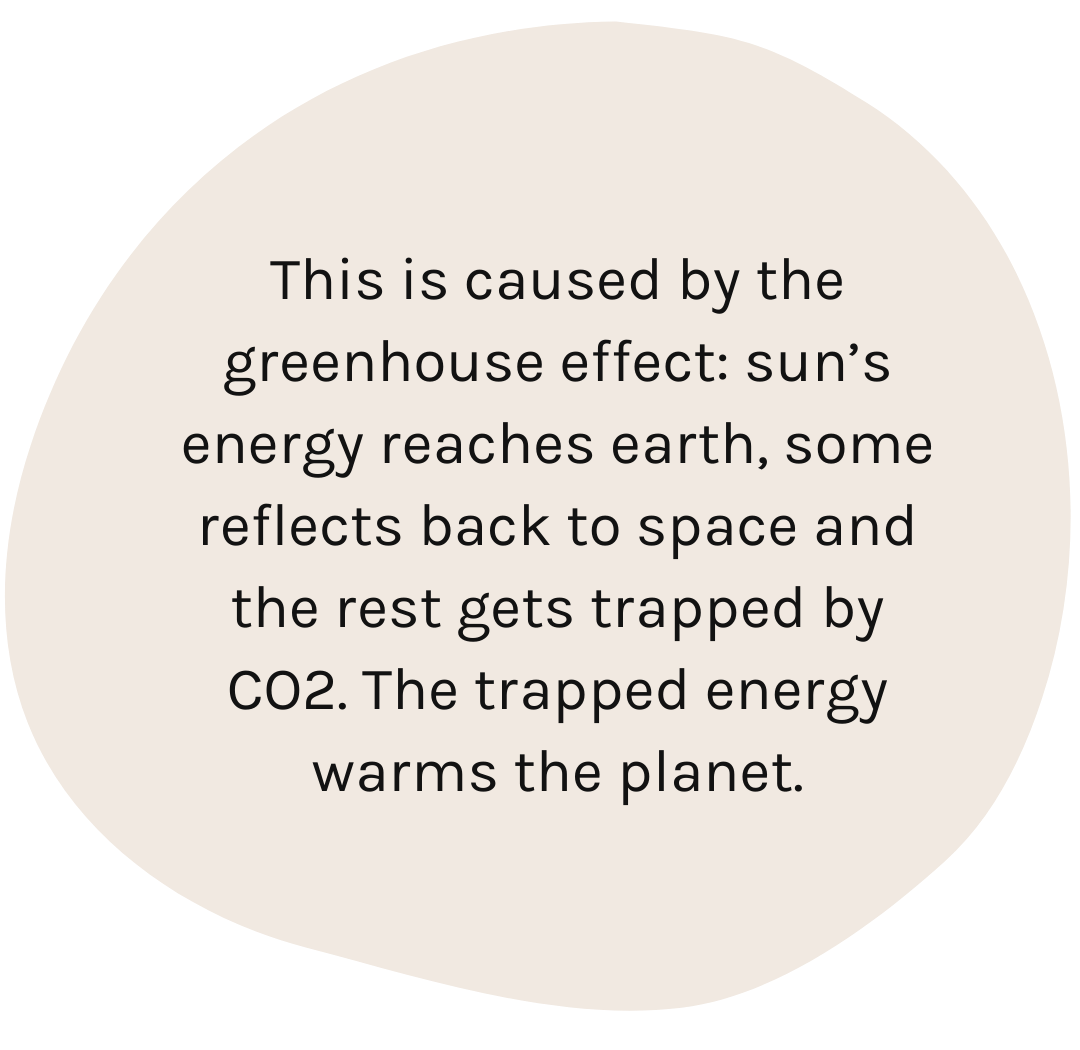
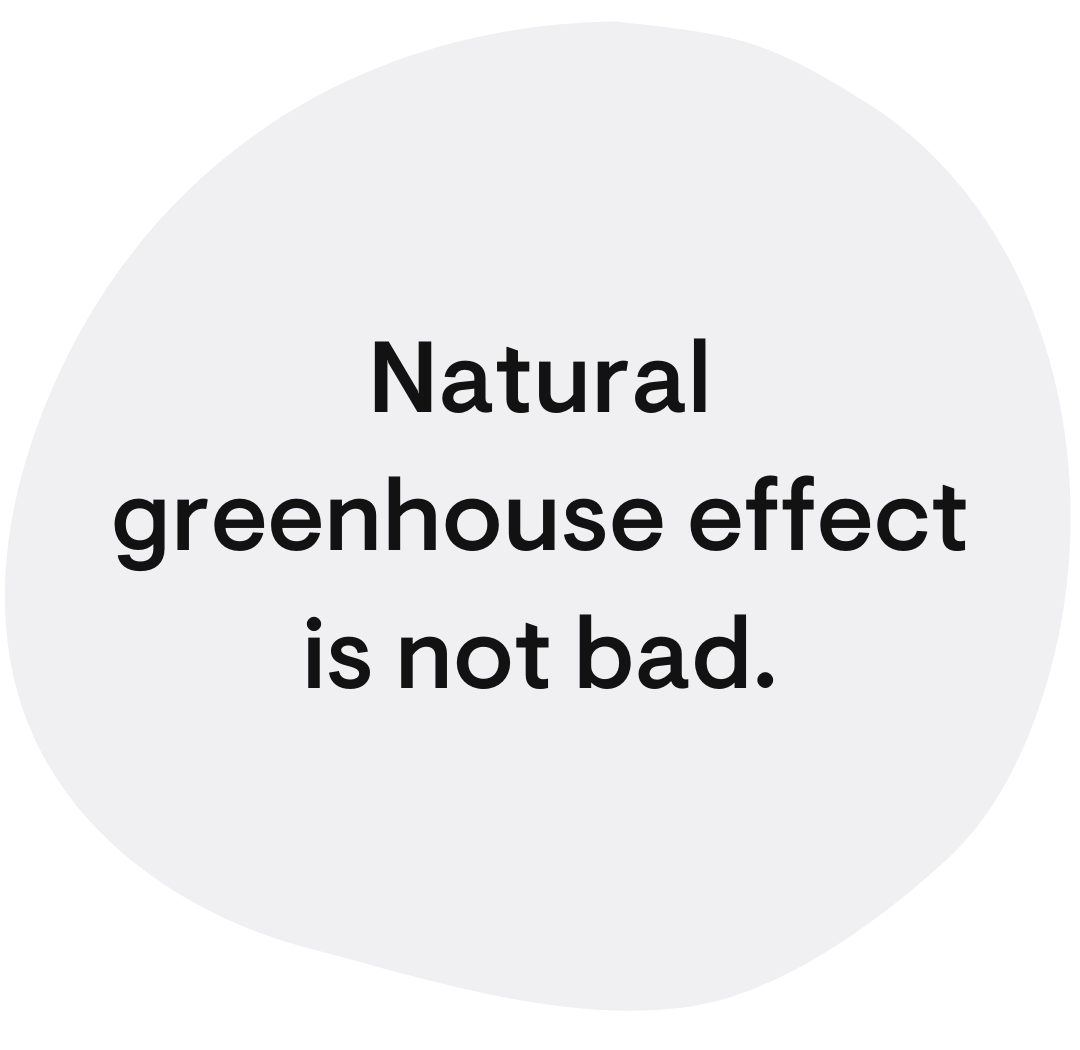
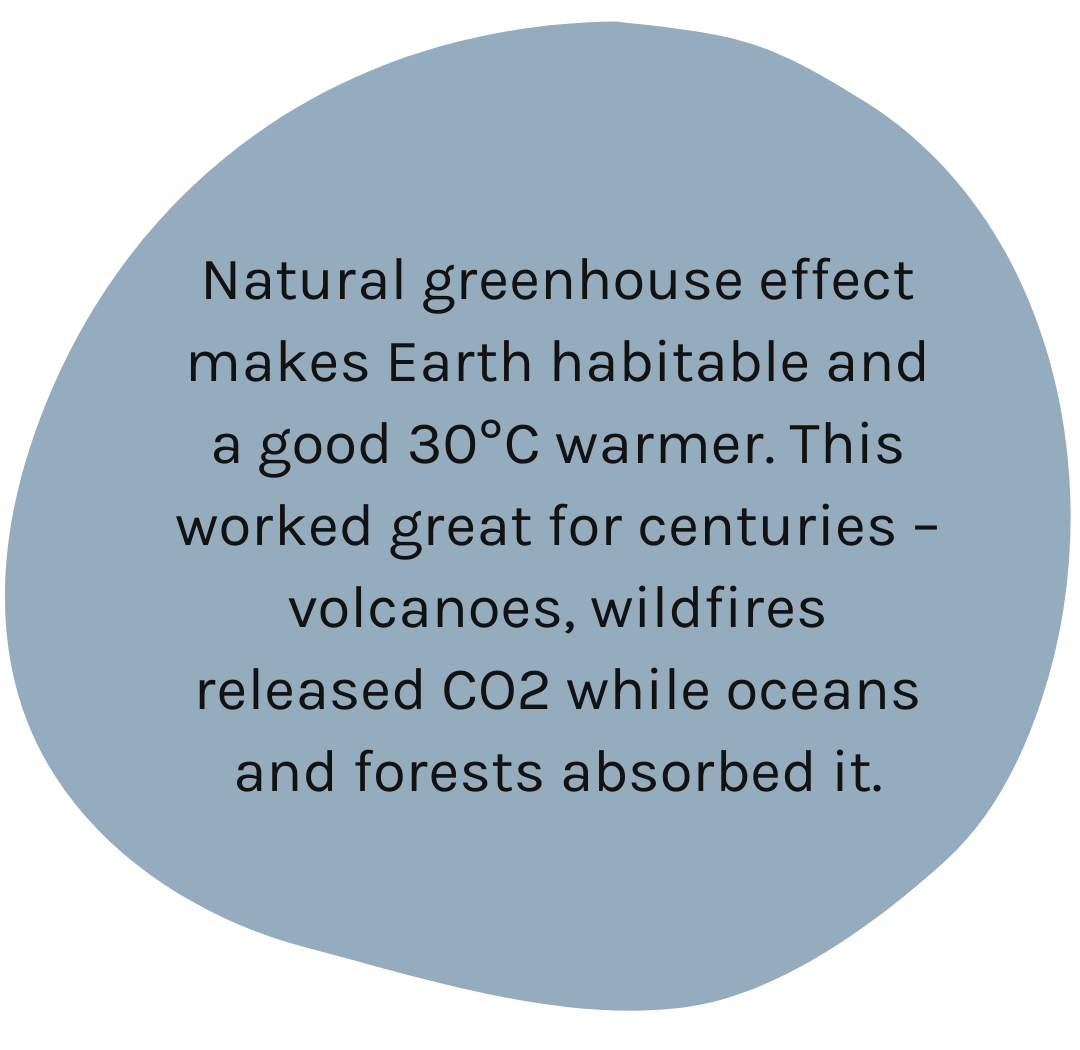

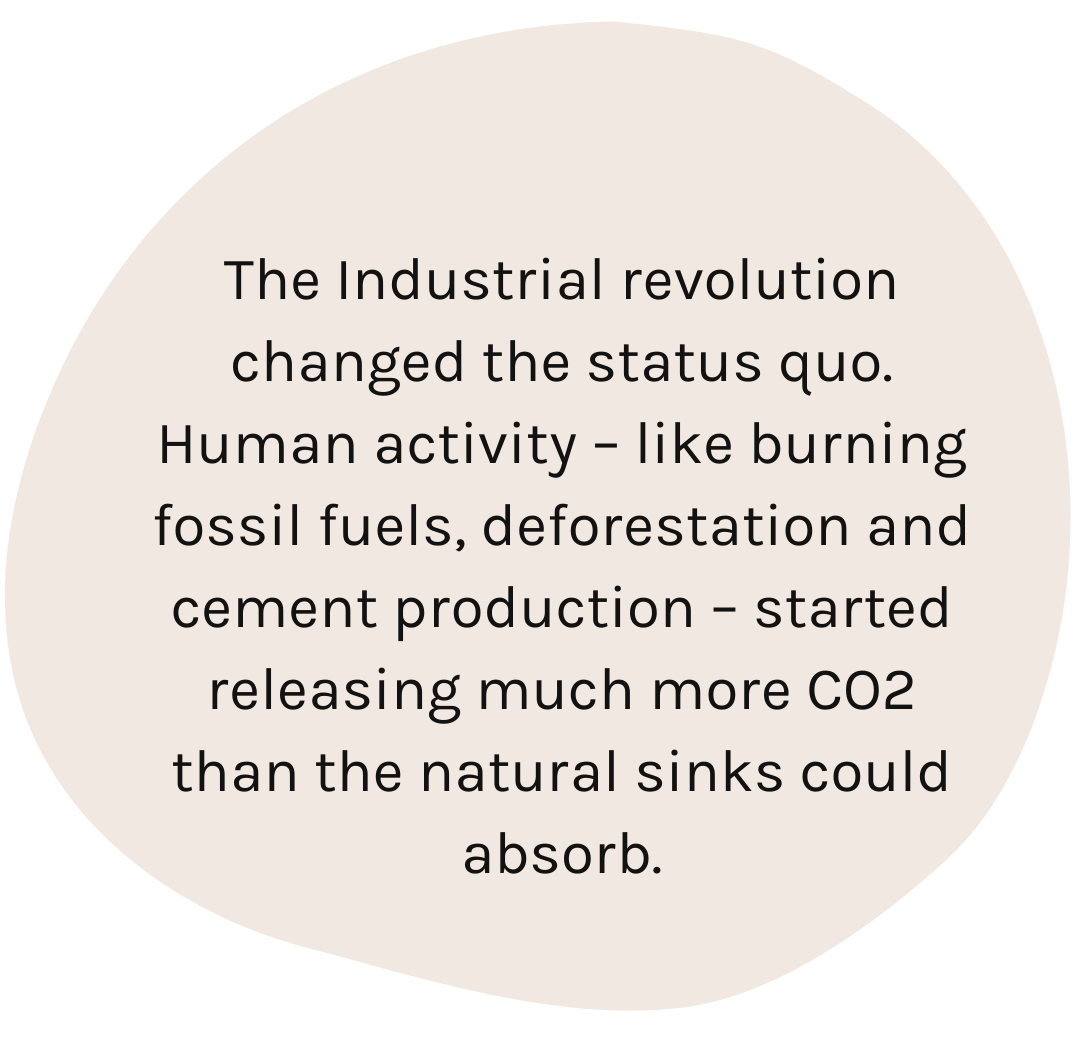
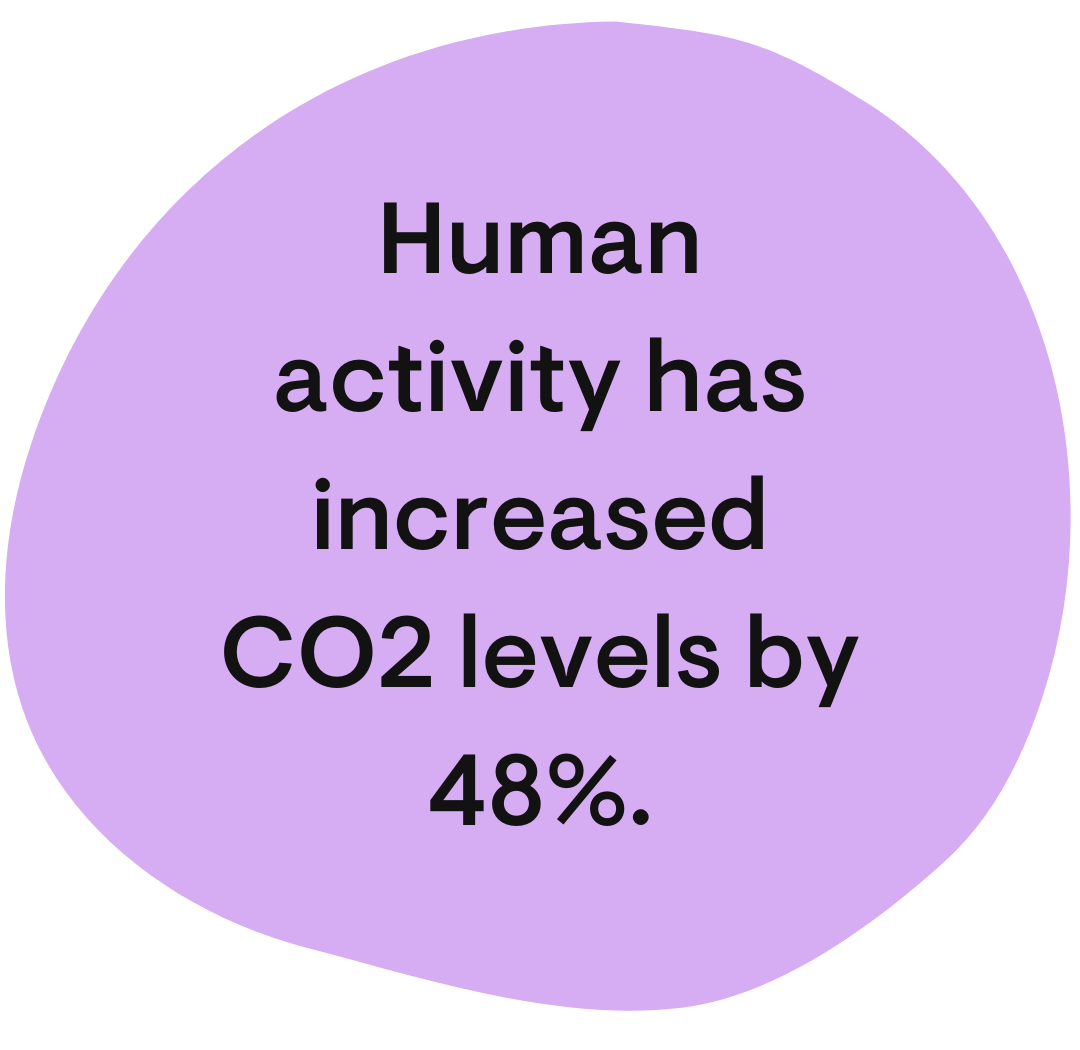
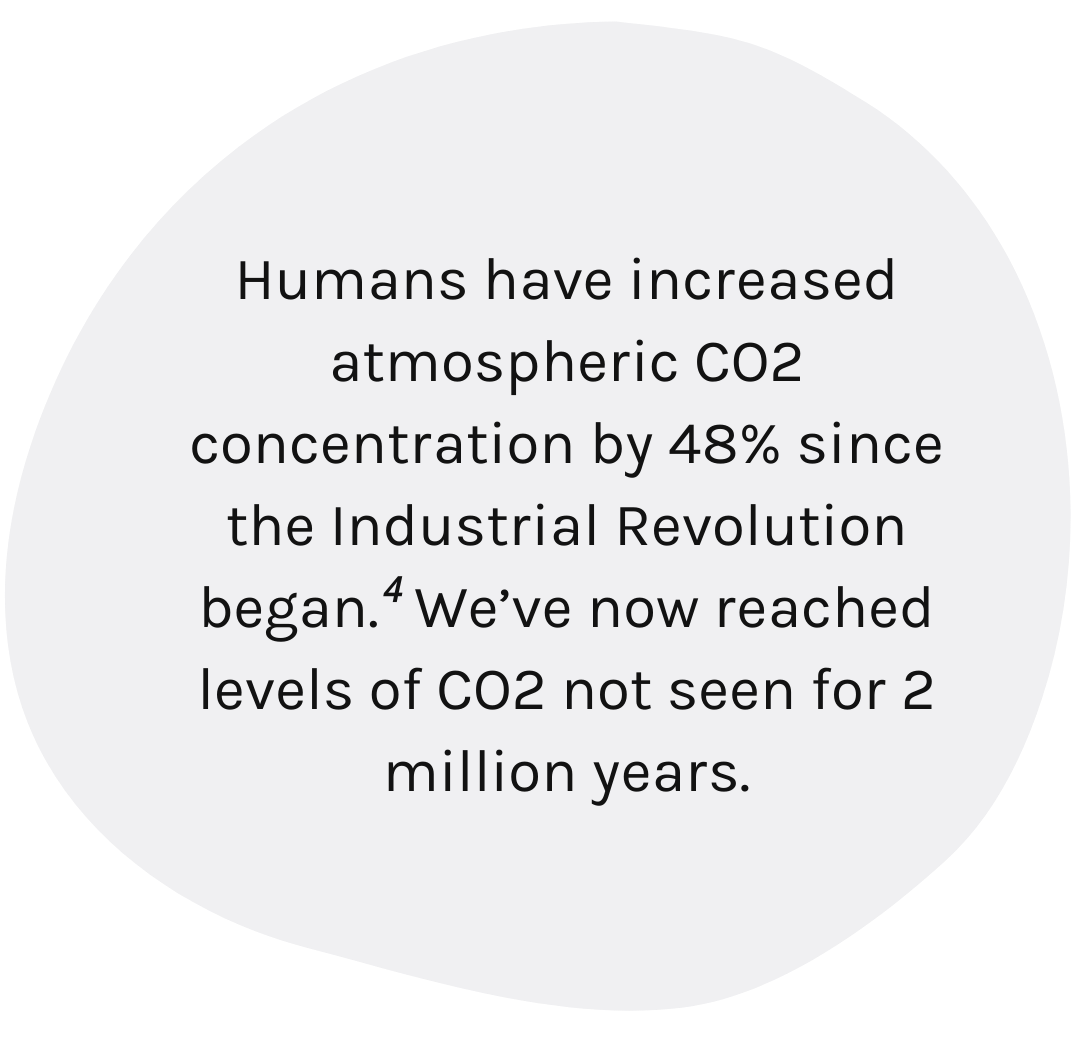

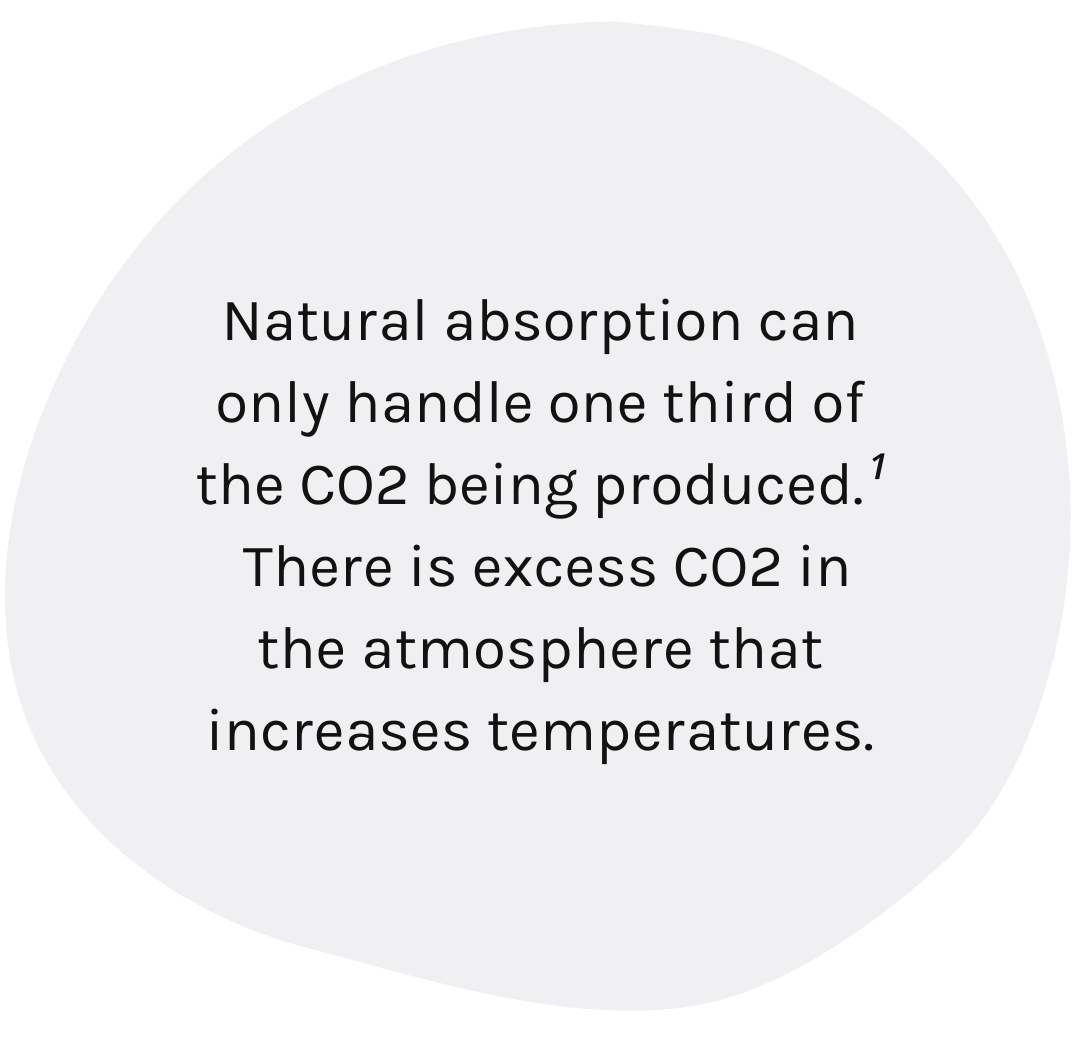

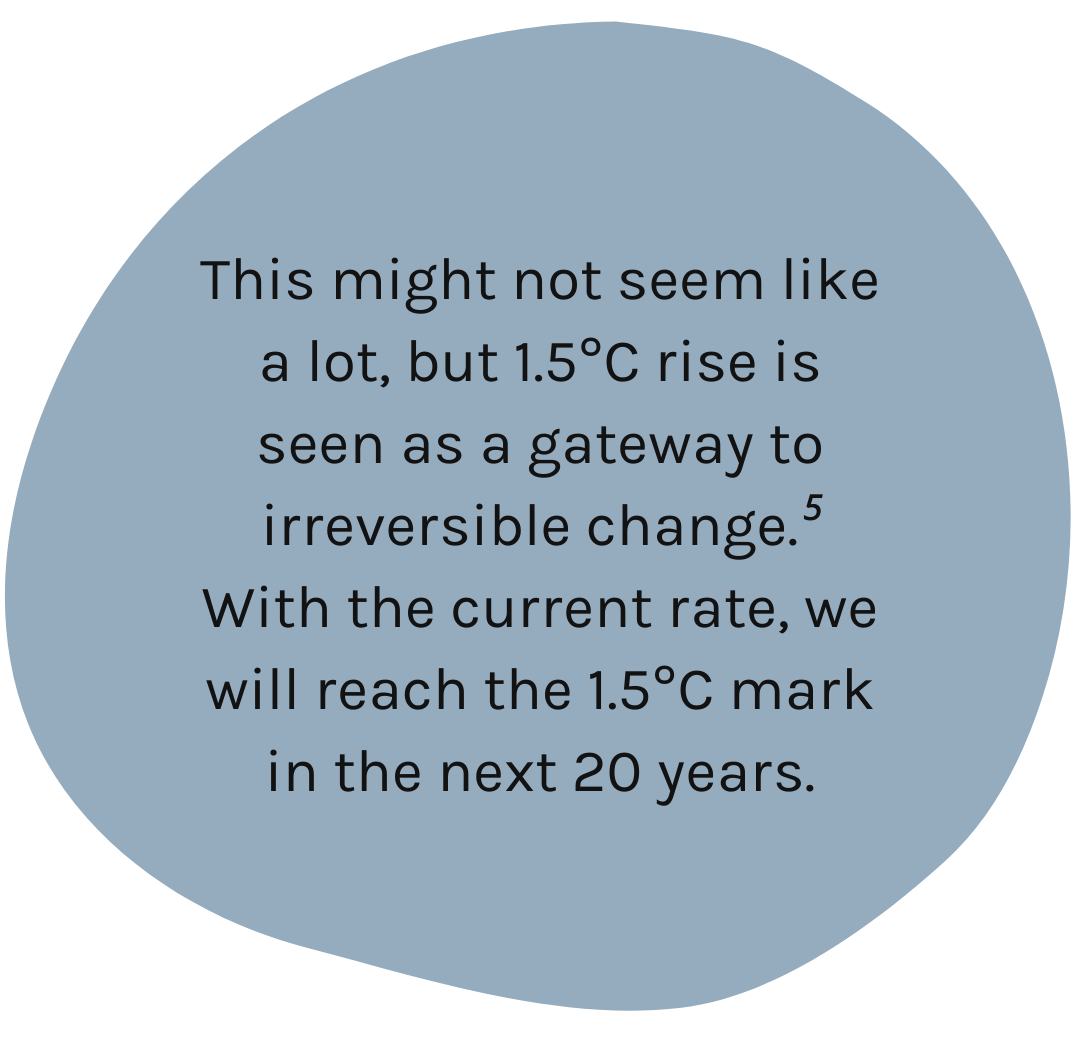

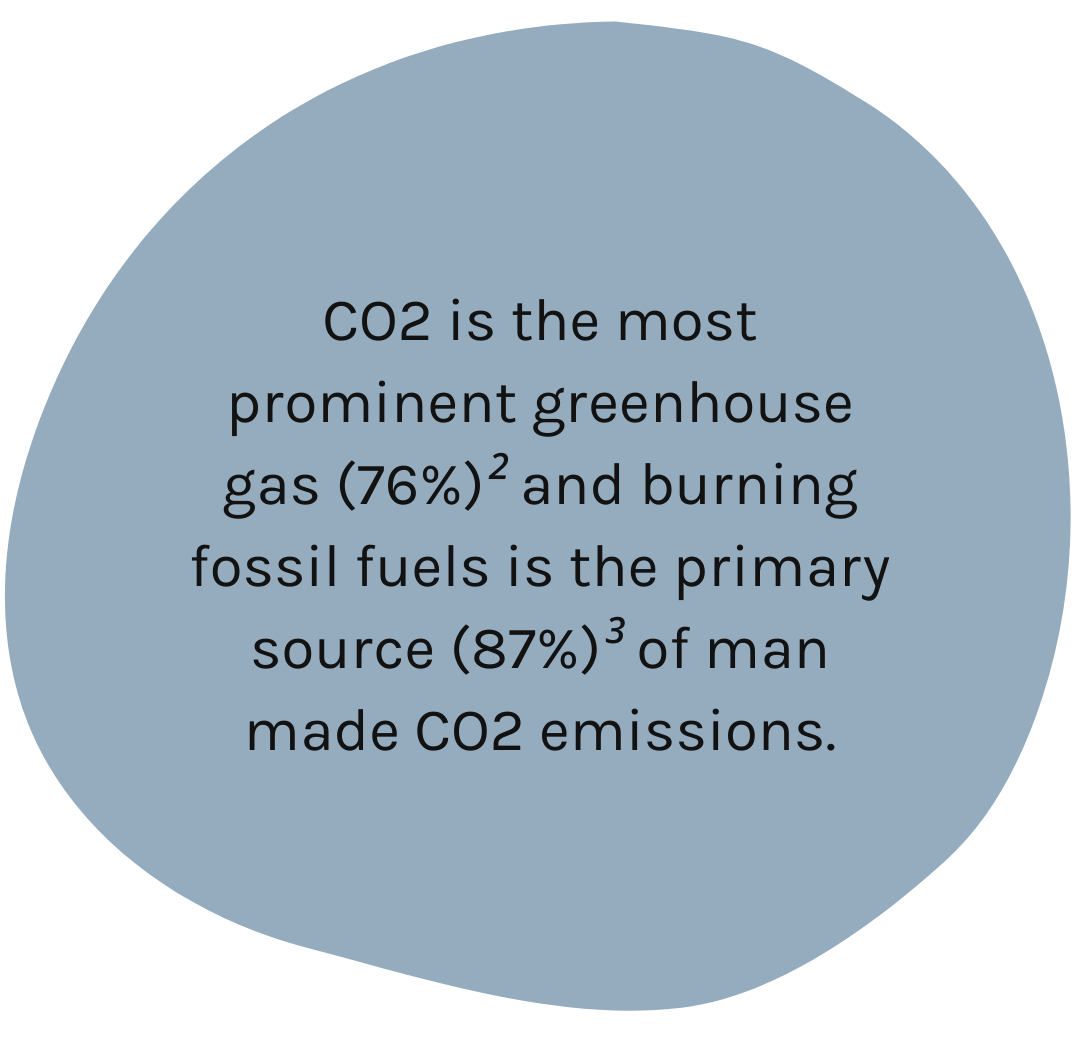

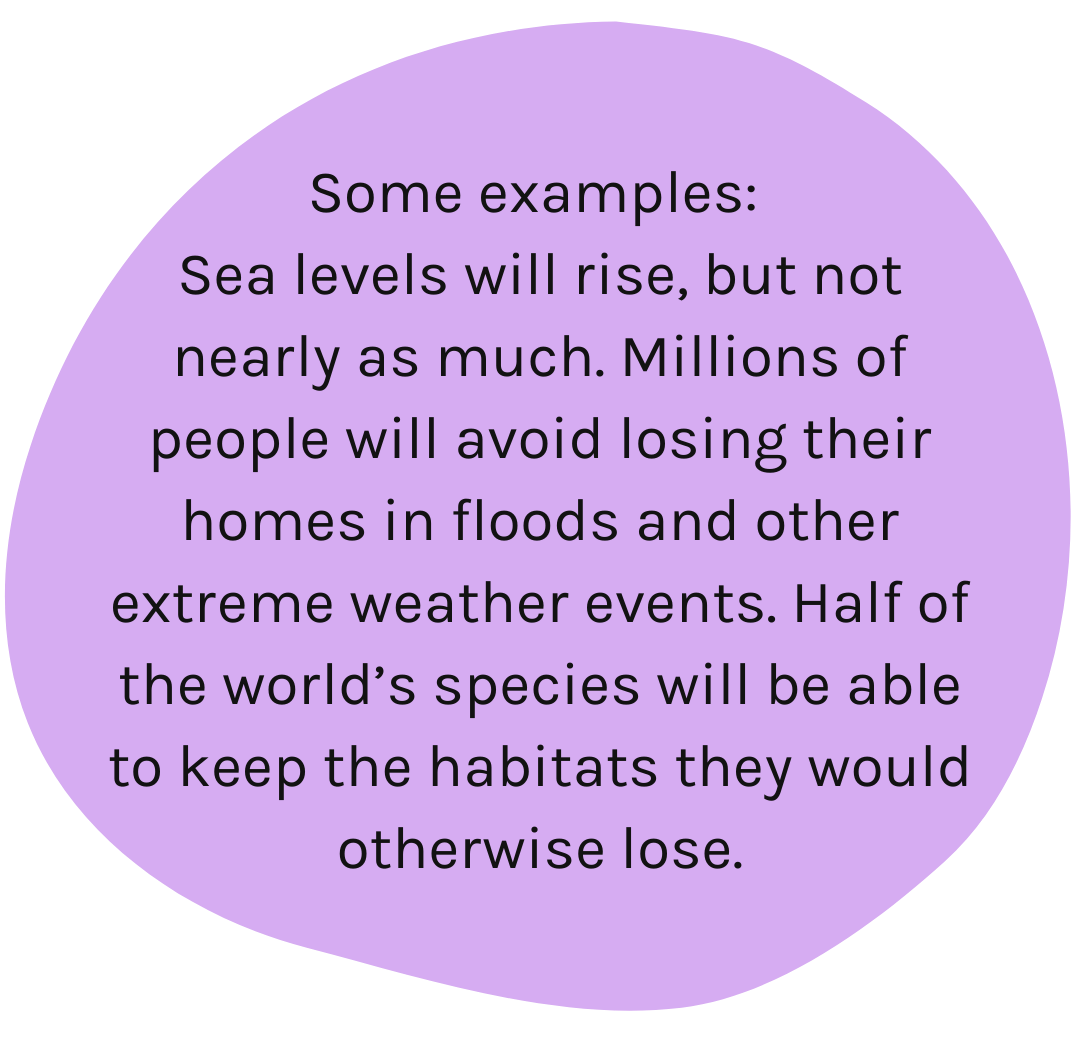
What’s the link with packaging?
Climate change is changing industries. It also affects the fossil fuel industry.
The good news is that the gasoline demand will fall sharply over the following decades. The bad news is that while the gasoline demand declines, global plastic production is expected to double in the next 15 years. Double! And triple by 2050.
How come? It’s no surprise, but the big oil companies have plans B, C and D. One of them is rooted in the plastic packaging industry.
Is plastic packaging really that bad?
Yes and no. But yes.
Plastics make a great packaging material. They’re durable, super lightweight, low cost and easily recyclable – in theory. But plastic has two major problems: dependence on fossil fuels and the fact that plastic packaging is mostly single-use. The supply chain is built to be linear, so the precious material we drain from Earth’s crust turns to garbage after just one use.
Fossil fuel reliance and single-use mindset are so intertwined *thanks* to plastic that we can’t break pollution and emissions into two separate problems. Plastic is the problem. Fact check:
CO2 emissions
99% of plastics are made from fossil fuels. Plastic results in greenhouse gas emissions at every stage of its lifecycle.
Deforestation is needed for drilling oil and gas, fracking emits methane, operating drilling equipment combusts fuel.
The impact of plastic production this year is equal to the output of 189 coal-fired power stations.
Pollution
Only 2% of plastics are recycled into products with the same function. Another 8% are “downcycled”. The rest is landfilled, leaked into the environment, or incinerated.
Incineration plants run on fuel-combusted machines. Carbon from the fossil fuel feedstock is locked into plastic and emitted when plastic is incinerated or decomposes. Plastics in the environment release methane and ethylene when sunlight hits them. Ocean plastics emissions increase even more as they break down.
The packaging industry is the largest consumer of plastic.
It is also the largest polluter. Plastic packaging accounts for about half of the plastic waste in the world. And there are no signs of stopping – 159 billion parcels were shipped in 2021. And there’s a significant growth trend in this number, as it’s expected to reach 256 billion by 2027.
That needs to change
And that’s exactly what we’ve set out to do. We started Woola to reduce the demand for single-use plastic packaging by offering an alternative – protective packaging made out of leftover wool.
Our founding team ran an ecommerce business before starting Woola. We got the first-hand experience of how painfully outdated the packaging industry is.
We were on a constant quest to find sustainable packaging materials for shipping our goods. There were some options for replacing plastic mailers, but no great alternatives for bubble wrap.
Our solution
Woola’s products are made of wool that would otherwise be burned or buried. Wool is a naturally high-tech material that’s perfect for packaging – it’s protective, water-repellent, resistant to temperature extremes, and looks goooood.
Perfect packaging doesn’t exist, but better packaging does.
A better solution is one that:
is made of 0 fossil fuel based materials.
is reusable.
is recyclable (and actually gets recycled).
degrades much faster than plastic.
The good news? Consumers are already on our side.
In fact, a recent research report found that more than two-thirds of consumers consider themselves environmentally aware.
Other independent research reports show how sustainable packaging also has an impact on consumer behavior:
77% of consumers in Europe are willing to pay extra for packaging that has less impact on the environment. (Source: Pro-Carton)
81% of UK consumers would be more likely to purchase again from brands that ship products sustainably. (Source: Ranpak)
85% of consumers globally have made their consumption behaviors more sustainable in the last 5 years. (Source: Simon-Kucher & Partners)
These are our results as of
April 2025:
Replacing bubble wrap does not make the plastic magically vanish, but it’s a step towards reducing its demand and changing the packaging industry in the long run.
¹ Oceans absorb almost 1/3 of global CO2 emissions, but at what cost? (The World Economic Forum)
² Global Emissions (Center for Climate and Energy Solutions)
³ Global Greenhouse Gas Emissions Data (US Environmental Protection Agency)
⁴ The Causes of Climate Change (NASA)
⁵ Global Warming of 1.5 ºC (IPCC)


